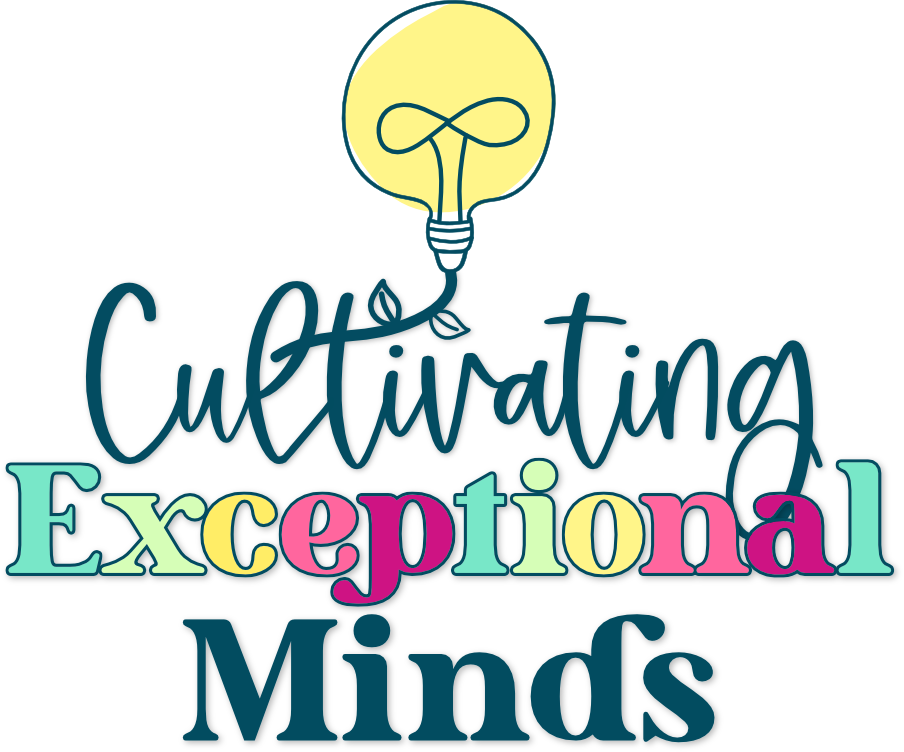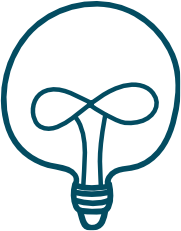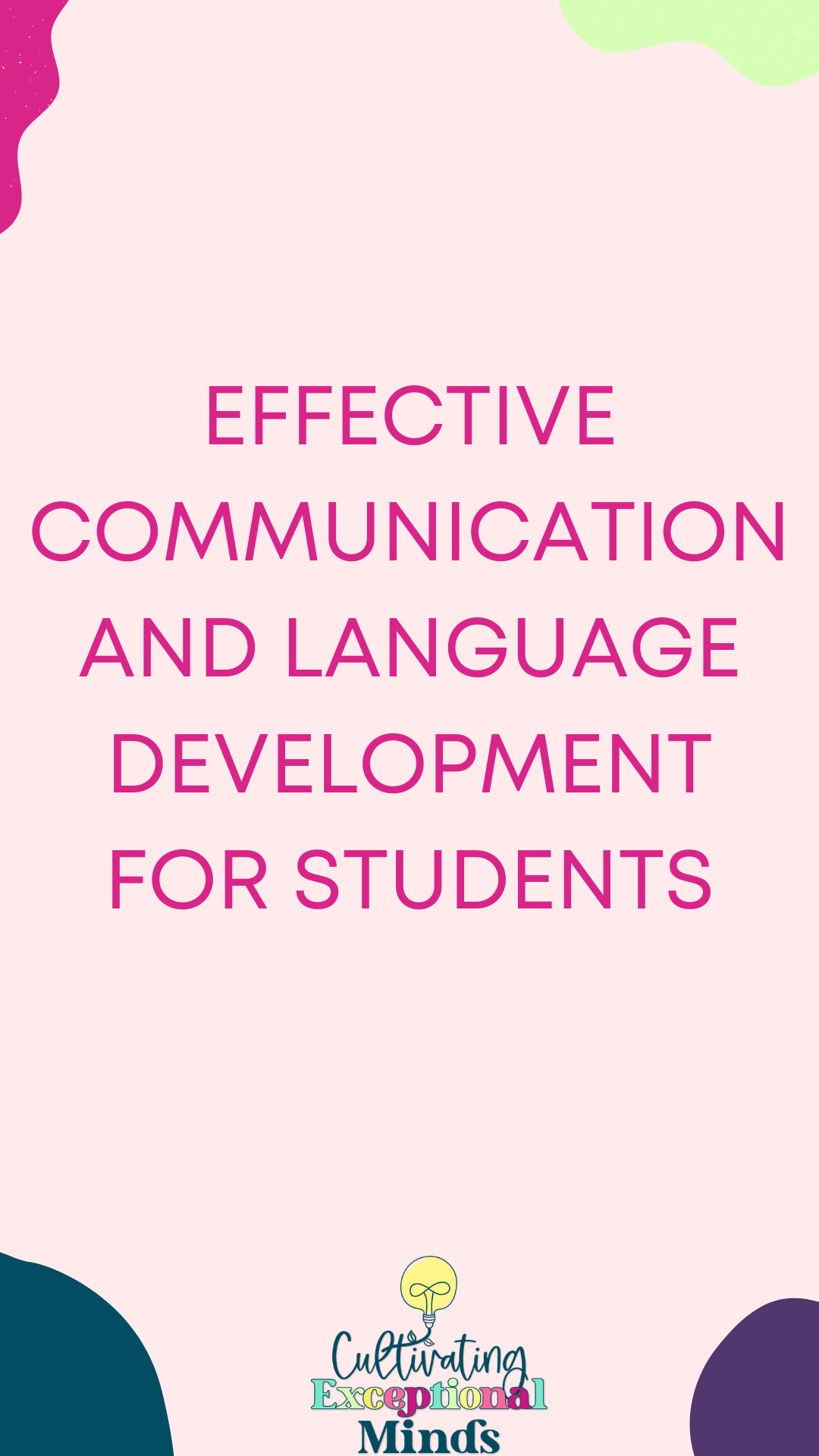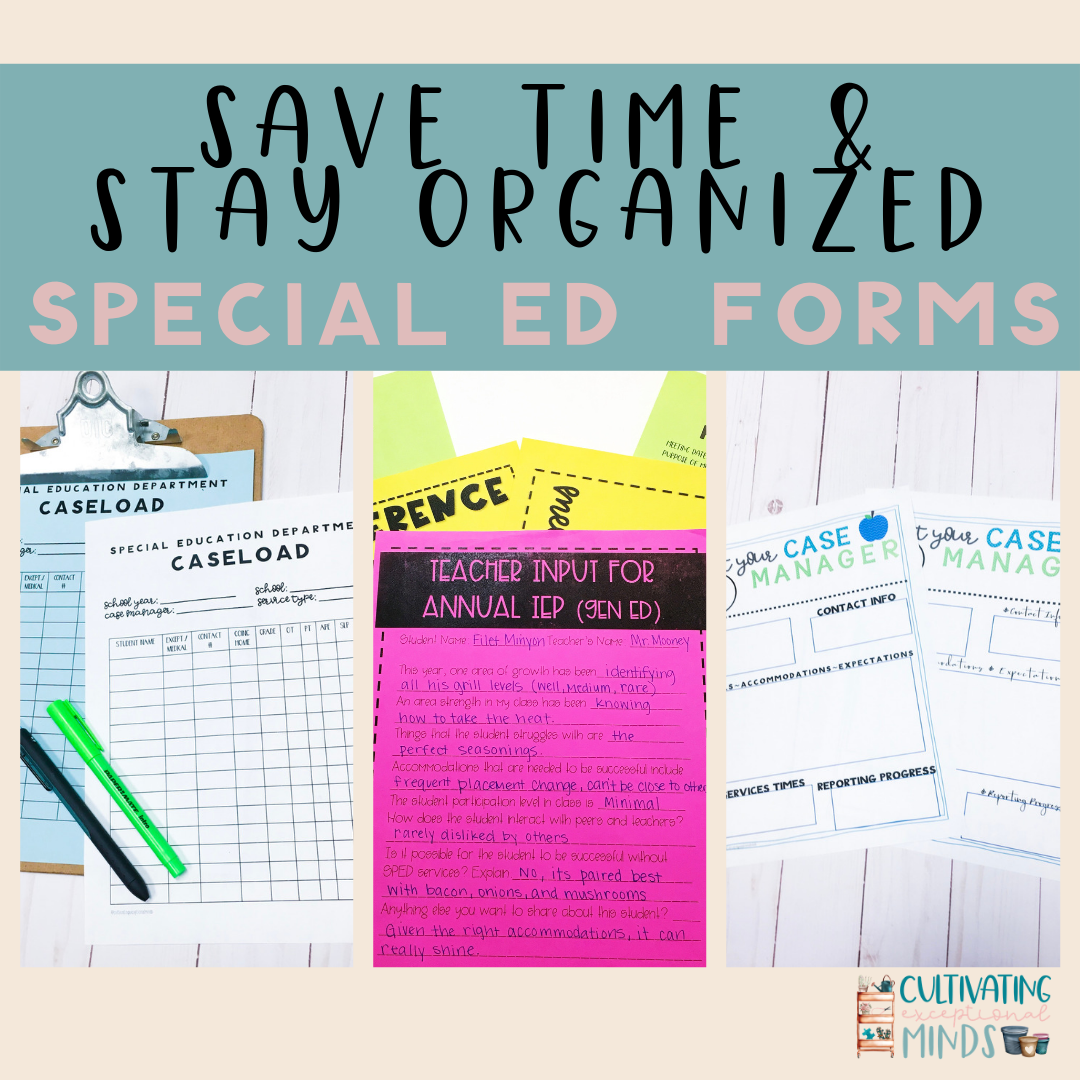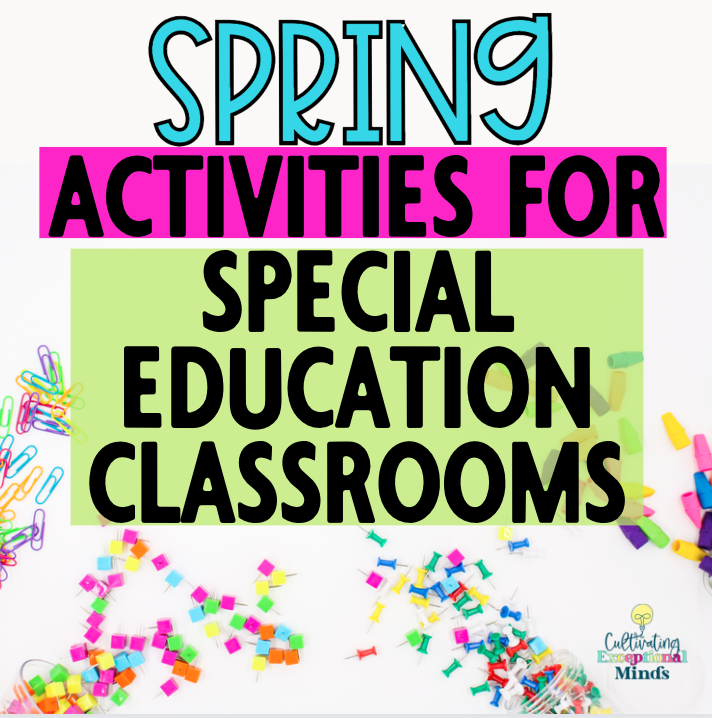As special education teachers, one of the most important goals we have is to help our students with communication impairments develop their language skills and effectively express themselves. Communication is a fundamental aspect of human interaction, and for students with communication impairments, it can be a significant barrier to social and academic success. Teaching effective communication and language development for students can literally change their lives.
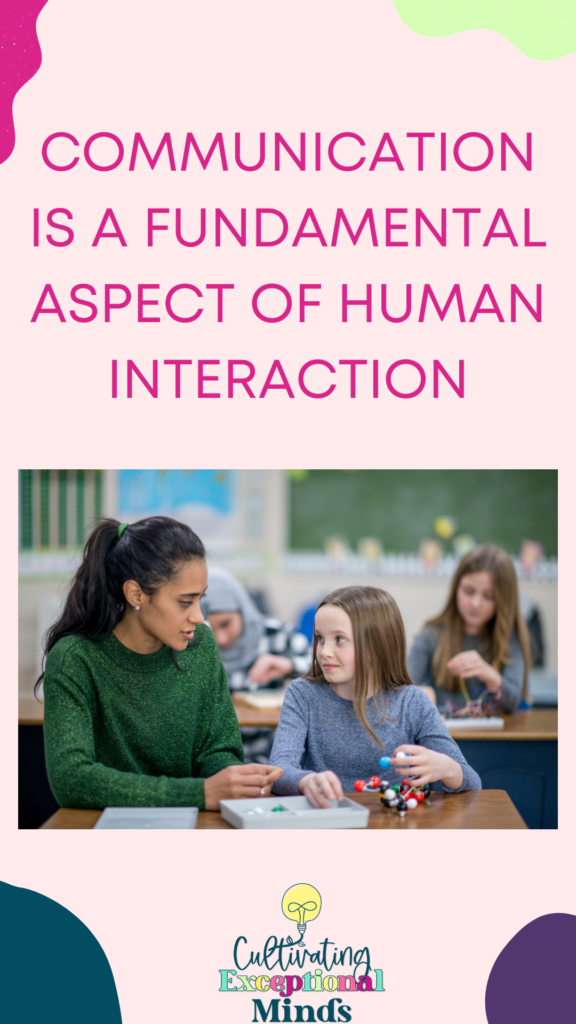
Communication Impairments
Communication impairments refer to a broad range of challenges that affect a person’s ability to communicate effectively. These challenges can come when working with students who have speech and language disorders, autism spectrum disorders, cognitive and intellectual disabilities and hearing impairments. Students may have difficulty producing sounds, difficulty understanding language and expressing oneself.
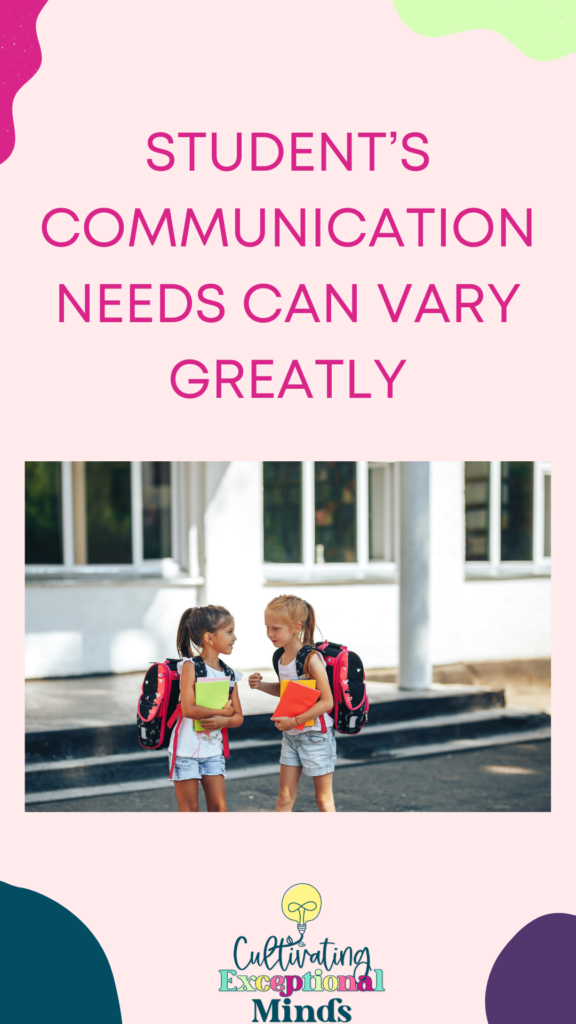
Student’s communication needs can vary greatly in the special education classroom. But, there are some basic strategies and techniques that we can use to support language development in all our students.
Augmentative and Alternative Communication (AAC) Systems
One way to teach effective communication and language development is the use of augmentative and alternative communication (AAC) systems. These systems are designed to support students in expressing themselves through various means. These means can be pictures, symbols or electronic devices. AAC systems are particularly helpful for students who struggle with speech or have limited verbal communication.
AAC systems do not have to be high-tech or complicated. They can be low-tech, like picture cards. Some students may be able to communicate with a chart for things like the restroom or being hungry. Some students may need something more complex like an iPad that has a voice output app. As the teacher, you will need to consider the individual needs of the student.
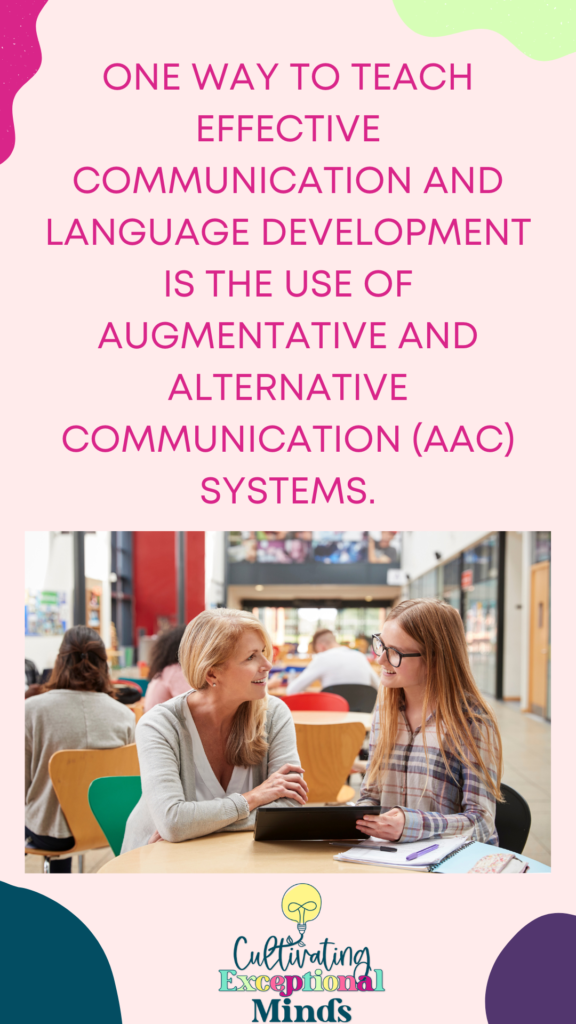
Social Skills Instruction
Many students who have challenges with language development simply need some social skills instruction. Social skills are a critical aspect of communication for students. They involve the ability to interact with others effectively, including understanding and using nonverbal cues, initiating and maintaining conversations, and showing empathy for others.
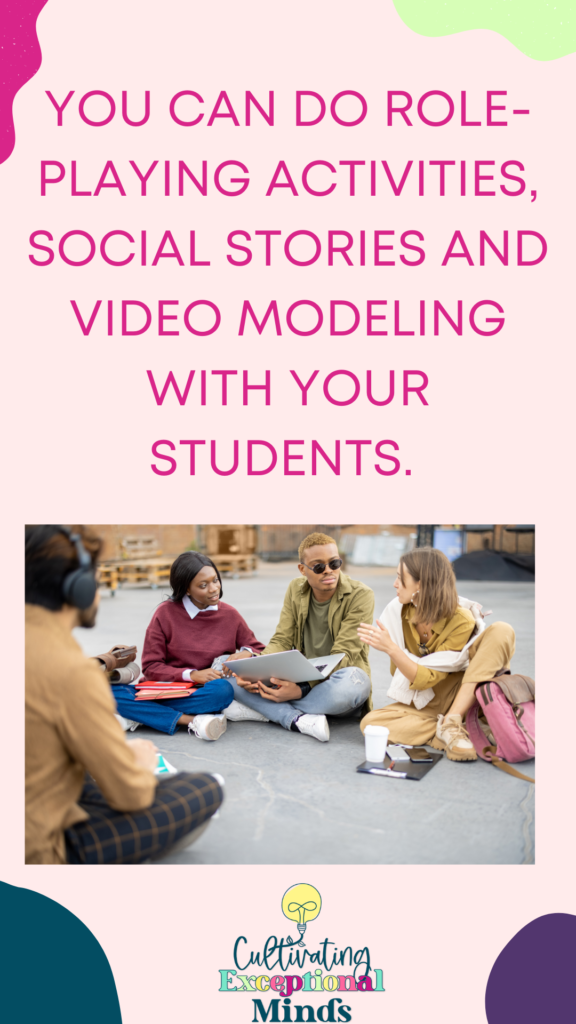
Social skills instruction can happen in any classroom at any time. You can do role-playing activities, social stories and video modeling with your students. These activities can help students to understand social situations and develop the skills they need to interact with others.
Using the Team
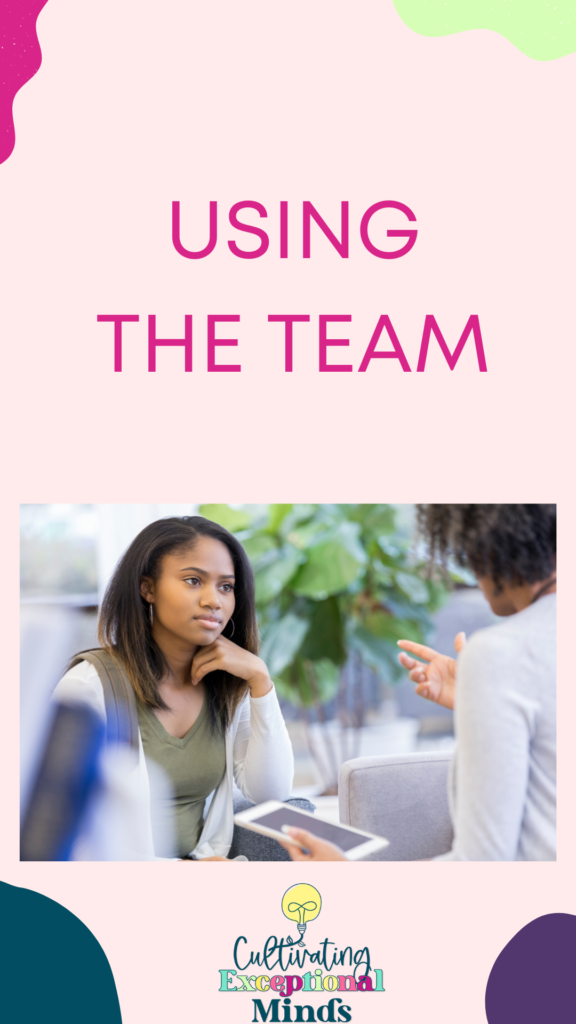
When teaching effective communication and language development to your students, you may quickly realize that they need more support than your classroom can offer. This is where you need to remember that there is a team available…mainly a speech and language therapist.
Speech therapists are trained in the assessment and treatment of communication disorders. They can provide valuable insights into the student’s communication abilities and needs, as well as recommendations for effective interactions and strategies. Therapists also collaborate on the selection and implementation of AAC systems and visual supports. They can be an imperative team member for your language students.
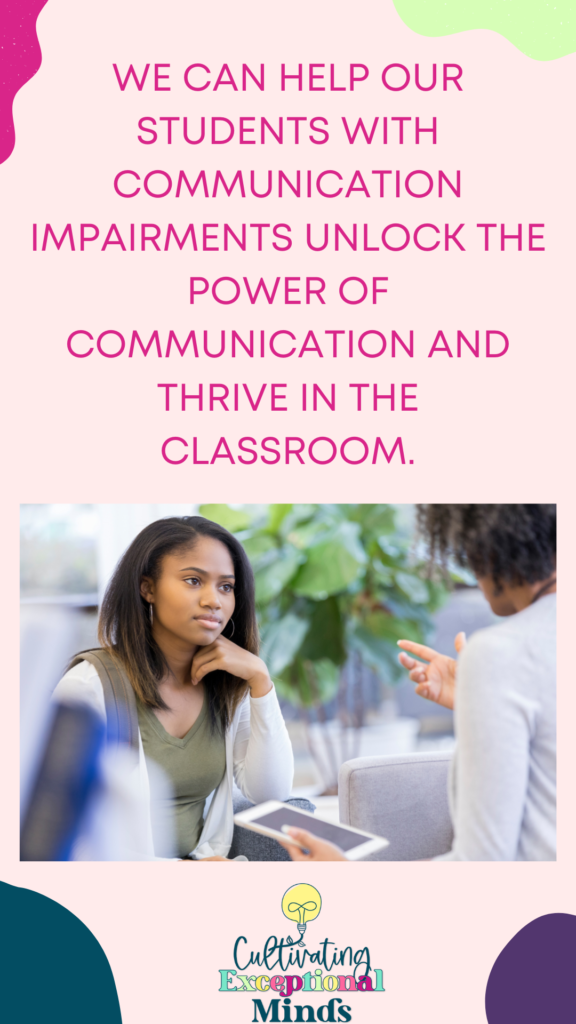
Effective communication and language development for students are critical for the academic and social success of students with communication impairments. As special education teachers, we can support our students by implementing strategies such as AAC systems, visual supports, social skills instructions and working with the entire available team. By using these strategies and techniques, we can help our students with communication impairments unlock the power of communication and thrive in the classroom.
If you need more tips and strategies then make sure that you listen to Episode 156 of Cultivating Exceptional Minds.
Podcast: Play in new window | Download
